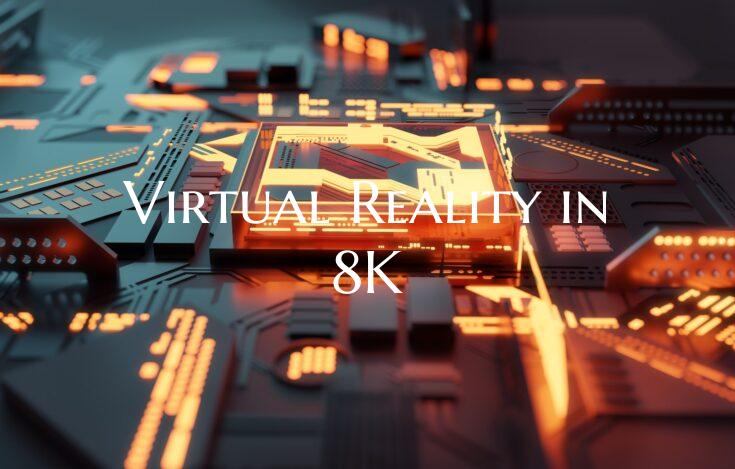Virtual Reality in 8K
In recent years, virtual reality (VR) technology has made significant strides in revolutionizing various industries, from gaming and entertainment to healthcare and education. One of the most exciting developments in the world of VR is the introduction of 8K resolution, which promises to deliver an unparalleled level of immersion and realism to users.
With traditional VR systems offering resolutions up to 4K, the leap to 8K represents a significant advancement in visual fidelity and clarity. By quadrupling the number of pixels compared to 4K, 8K resolution provides users with a level of detail that is incredibly lifelike, making virtual environments appear more realistic than ever before.
One of the key benefits of incorporating 8K resolution into VR experiences is the heightened sense of presence it offers. With 8K displays, users can expect sharper images, smoother graphics, and more vibrant colors, all of which combine to create a truly immersive and engaging VR experience. Whether exploring virtual worlds, engaging in interactive training simulations, or attending virtual events, the level of detail provided by 8K resolution can transport users to entirely new realms of possibility.
Moreover, the advent of 8K resolution in VR opens up a world of possibilities for content creators and developers. By harnessing the power of 8K displays, creators can push the boundaries of visual storytelling and artistic expression, crafting breathtaking virtual experiences that rival the quality of real-world visuals. From cinematic VR films to realistic training simulations, the potential applications of 8K resolution in VR are vast and diverse.
However, it is essential to note that the adoption of 8K resolution in VR also brings challenges, particularly in terms of hardware requirements and performance optimization. Achieving smooth frame rates and high-quality graphics at 8K resolution demands substantial computing power and advanced graphics processing capabilities. As such, the widespread implementation of 8K VR experiences may require continued advancements in hardware technology to ensure seamless performance across a range of devices.
In conclusion, the integration of 8K resolution into virtual reality represents a groundbreaking development that holds immense promise for the future of immersive experiences. By combining cutting-edge display technology with innovative content creation, the possibilities for 8K VR are endless, offering users a new frontier of sensory exploration and creativity. As the industry continues to evolve and refine 8K VR experiences, we can anticipate a future where virtual reality blurs the line between the real and the digital, ushering in a new era of visual storytelling and interactive entertainment.

